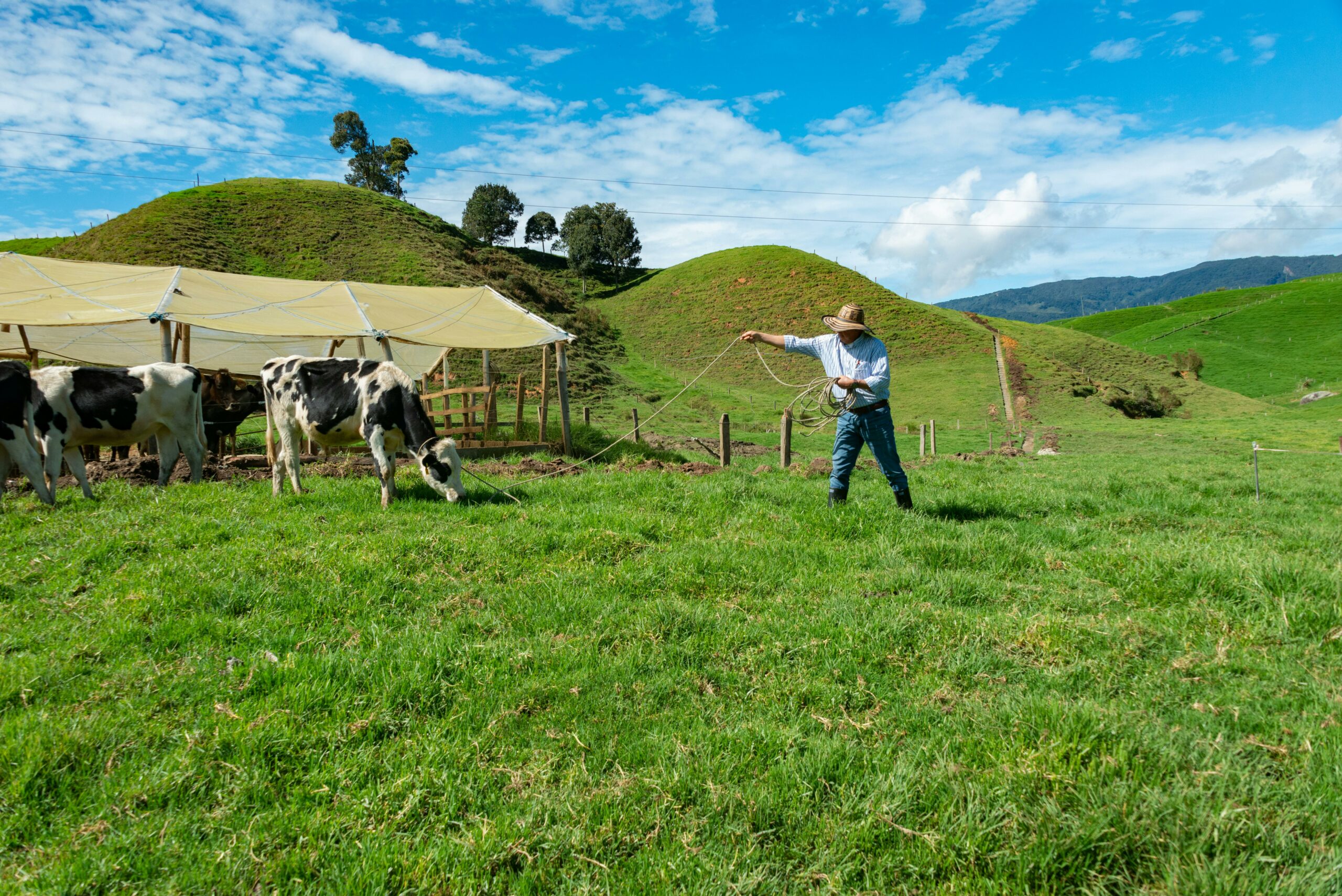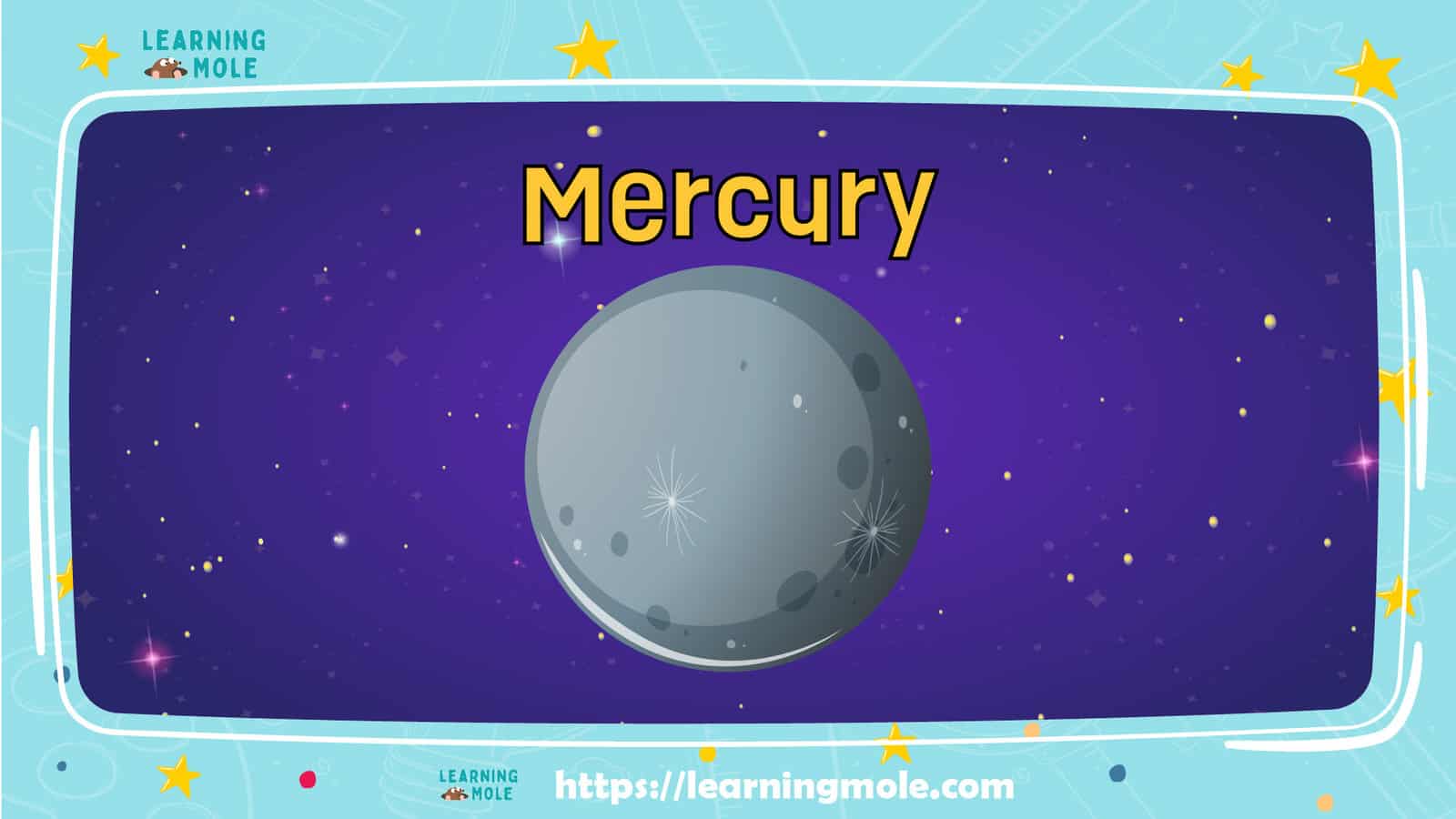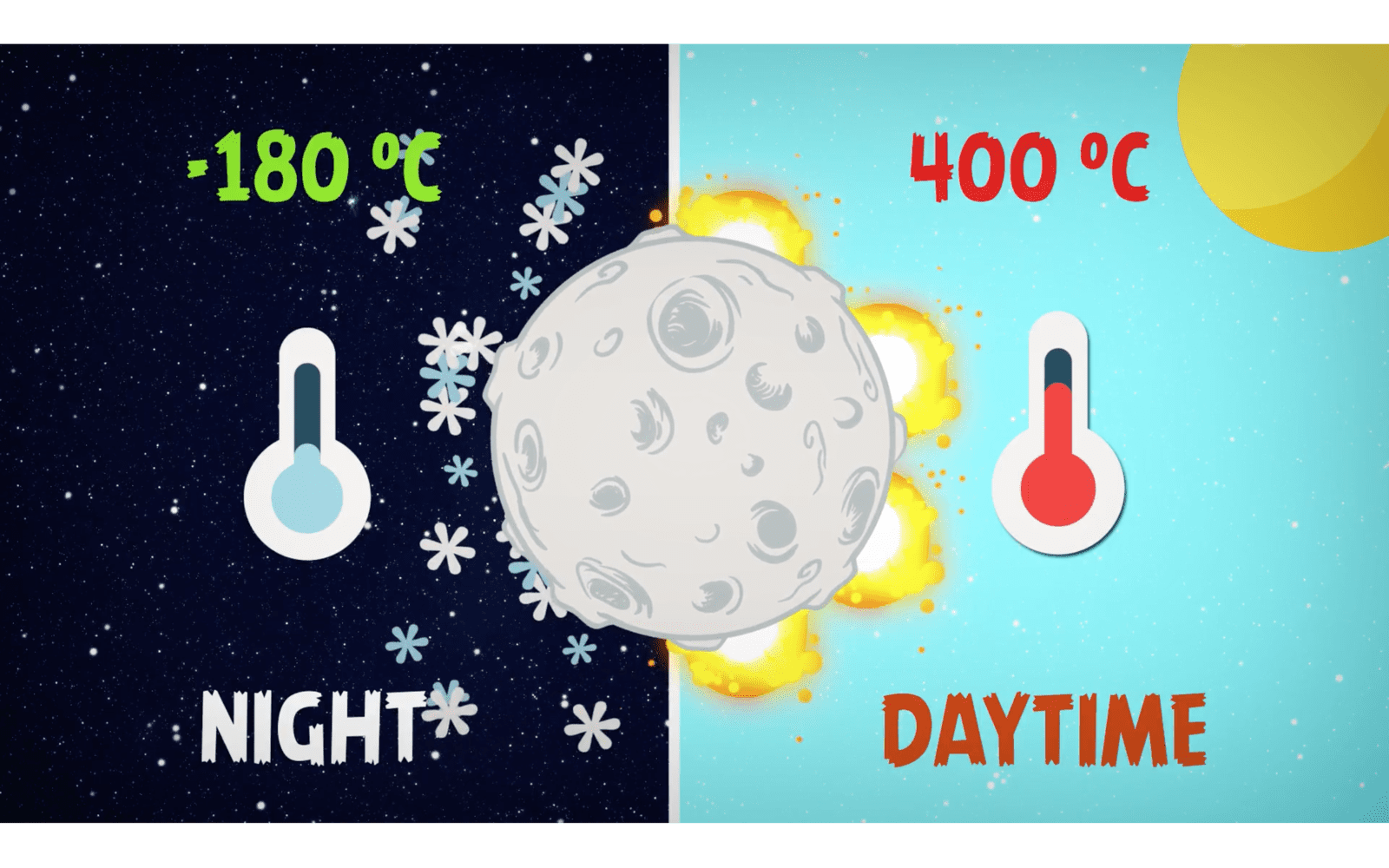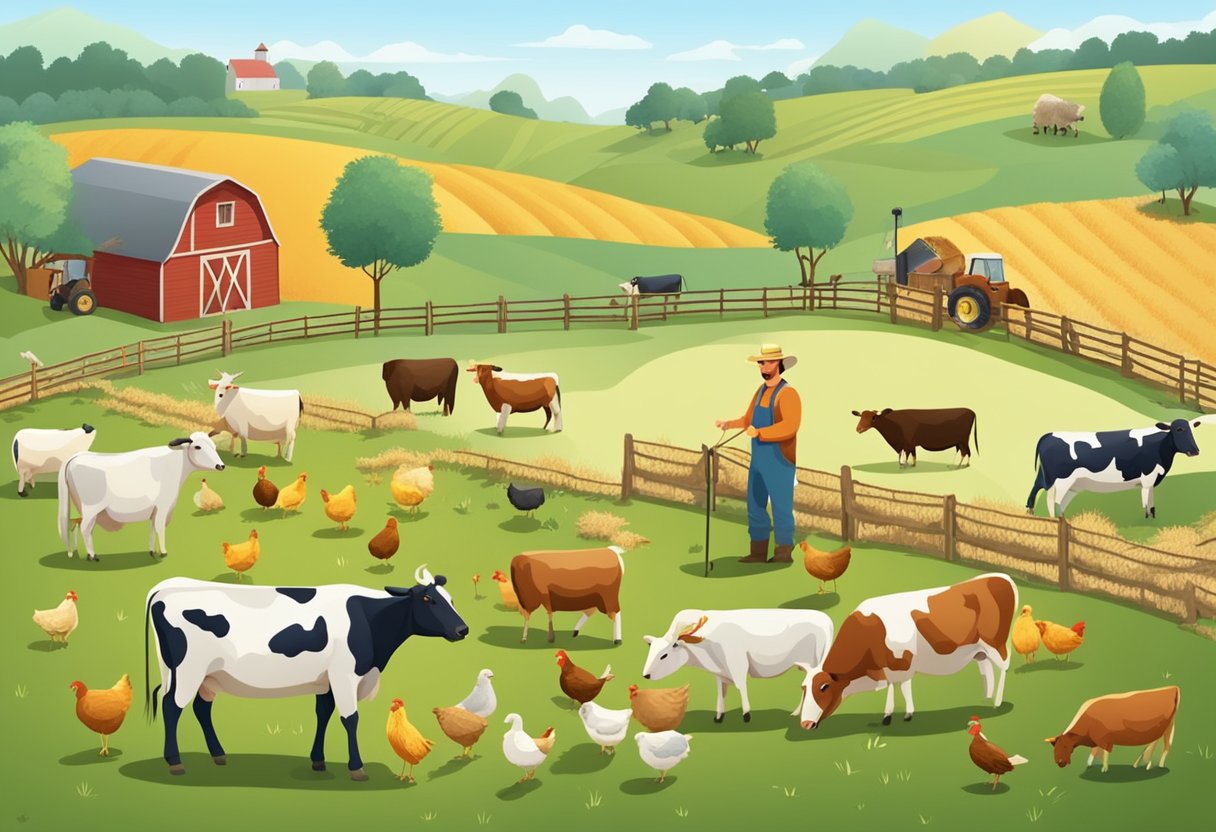
What is the Smallest Planet in Our Solar System? Mercury Facts for Kids
Have you ever wondered what is the smallest planet in the Solar System?
This is one of the questions that might come to the minds of kids, and one which they usually ask their parents about to try and get an answer for. The right answer for this question is that the smallest planet in our Solar System is Mercury.
Introduction to Mercury: The Smallest Planet
Mercury is one of the eight planets that orbit the Sun in our Solar System. It is the smallest and the closest planet to the Sun. This makes Mercury the first planet in the solar system, neighbour to planet Venus. The average distance from Mercury to the Sun is about 58 million kilometres. As a result, Mercury travels around the Sun faster than any other planet.
Table of Contents
- Structure and Surface
- Temperature and Atmosphere
- Orbit and Rotation
- History and Exploration
- 15 facts about Mercury
- Frequently asked Questions
Structure and Surface
Mercury is one of the rocky planets in our Solar System (the others are Venus, Earth and Mars). Its surface looks like the surface of the Moon in that it is solid and covered with craters. The craters form when chunks of rock or metal called meteorites hit Mercury. Some parts of planet Mercury’s surface have many craters, while other parts are very smooth and flat plains. Mercury is very heavy for its size. This is because it has a huge core made of iron.

Temperature and Atmosphere
Even though it is the closest planet to the Sun, temperatures on planet Mercury are both hot and cold. The average surface temperatures of Mercury can reach up to 800 degrees Fahrenheit / 430 degrees Celsius during the day. However, surface temperatures at night can drop to as low as -290 degrees Fahrenheit / -180 degrees Celsius. So, temperature changes on Mercury are the most extreme in the Solar System.

The extreme change in temperature on Mercury is due to its thin atmosphere. Mercury is surrounded by a thin atmosphere, or a layer of gases, that does not keep in heat well. Planet Mercury has the thinnest atmosphere in the solar system. Mercury’s atmosphere is actually known as an exosphere. Mercury’s exosphere is mostly composed of oxygen, sodium, hydrogen, helium and potassium.
Orbit and Rotation
Mercury has two types of motion: orbit around the Sun and spin around its centre. It orbits the Sun very quickly. It orbits at an average rate of about 48 kilometres per second. It completes one orbit around the Sun every 88 Earth days, so a year on Mercury lasts 88 Earth days. On the contrary, Mercury spins very slowly. It takes nearly 59 Earth days to rotate once about its centre.
Spinning slowly while orbiting the Sun quickly results in an unusual situation. It takes about 176 Earth days for the Sun to rise, set, and then rise again on planet Mercury. This means that a day on Mercury lasts about 176 Earth days. So, the unusual situation is that, on Mercury, a day is longer than a year.
History and Exploration
Mercury has been known since ancient times because it can be seen without advanced telescopes. Recently, it has been visited by two spacecraft: Mariner 10 and Messenger.
NASA’s Mariner 10 was the first spacecraft to visit planet Mercury. It was an unmanned American craft that flew by Mercury in the 1970s. It mapped about 45% of the planet’s surface. In 2004, the United States launched a second unmanned craft, called Messenger, to Mercury. This craft completed mapping the planet’s surface.
15 Facts About the Smallest Planet Mercury
Frequently Asked Questions about Mercury
What is the hottest planet in the solar system?
You may think because planet Mercury is the closest planet to the sun that it is the hottest, but this is wrong. This is because Mercury has almost no atmosphere to hold in heat and keep the surface warm. On Mercury’s dark side the temperature can get very cold. Venus is actually the hottest planet in the solar system.
What size is Mercury?
As we know Mercury is the smallest planet in the solar system. Mercury’s diameter is roughly 4,880 km, meaning roughly 18 Mercury’s could fit inside the Earth and Mercury is only a little bigger than the Earth’s moon. Not only is Mercury the smallest planet in our Solar System but it is also shrinking very slowly every day. It is said that this is as a result of the planet cooling causing the iron core to solidify.
What planet has the most craters in the solar system?
Mercury has the most craters in the Solar System. Mercury’s weak atmosphere means that the planet has nothing to protect it against meteor impacts. Roughly 3.8 billion years ago, a meteor struck leaving a huge crater known as the Caloris Basin. The crater is about 1,550 km in length. Meteor impacts have filled Mercury’s surface with craters and is the reason why Mercury looks quite similar to the Earth’s Moon.
What planet orbits the Sun the fastest?
Mercury is the fastest planet to orbit the Sun, this is because of the planet’s closeness to the Sun. Mercury’s orbit is shorter than any other planet in the Solar System. One year on planet Mercury is only about 88 Earth days. However, one Mercurial day takes almost 59 Earth days. Can you imagine how long a day would feel if you were living on Mercury!
Is Mercury visible from Earth?
Mercury is visible from Earth and can be seen by eye when there are clear conditions. However, planet Mercury is not visible when it is too close to the Sun. It can be seen in the western sky an hour after sunset and can be seen in the eastern sky an hour before sunrise. Not only can we see Mercury but there is also a bit of Mercury here on Earth. A green meteorite found on Earth in 2012 matched Nasa’s MESSENGER probe’s data collected from Mercury.
Does Mercury have any moons?
No, although Mercury looks like Earth’s Moon, the planet itself has no moons! Mercury and Venus are the two only planets in the Solar Systems that don’t have any moons. Astronomers believe that because of Mercury’s size, its gravity is too weak to hold a moon and that its closeness to the Sun also prevents it from having one.
What is Mercury made of?
Mercury is one of the four terrestrial planets in the Solar System, meaning it is mainly made of silicate rocks and metals. It is believed that its core is made mostly from iron. Mercury’s iron core takes up about 75% of the planet’s diameter.
Does Mercury have life?
Planet Mercury’s weak atmosphere and extreme conditions means that the planet is unable to support life.
What is Mercury’s neighbouring planet?
Since Mercury is the first planet in the solar system, it only has one neighbouring planet. That is the planet, Venus. Mercury’s other neighbour is, of course, the Sun, which is a star not a planet.
Does Mercury have tornadoes?
Although Mercury doesn’t have normal tornadoes it is known to have “magnetic tornadoes”. These types of tornadoes are caused when the surface magnetic field mixes with the solar wind magnetic field.
Now that you have some good knowledge about the solar systems smallest planet, why not learn more about the spectacular solar system with Learning Moles other learning resources such as Top 101 Easy Solar System Facts for Kids, 8 Planets in the Solar System, Amazing Facts of the Solar System.


Leave a Reply